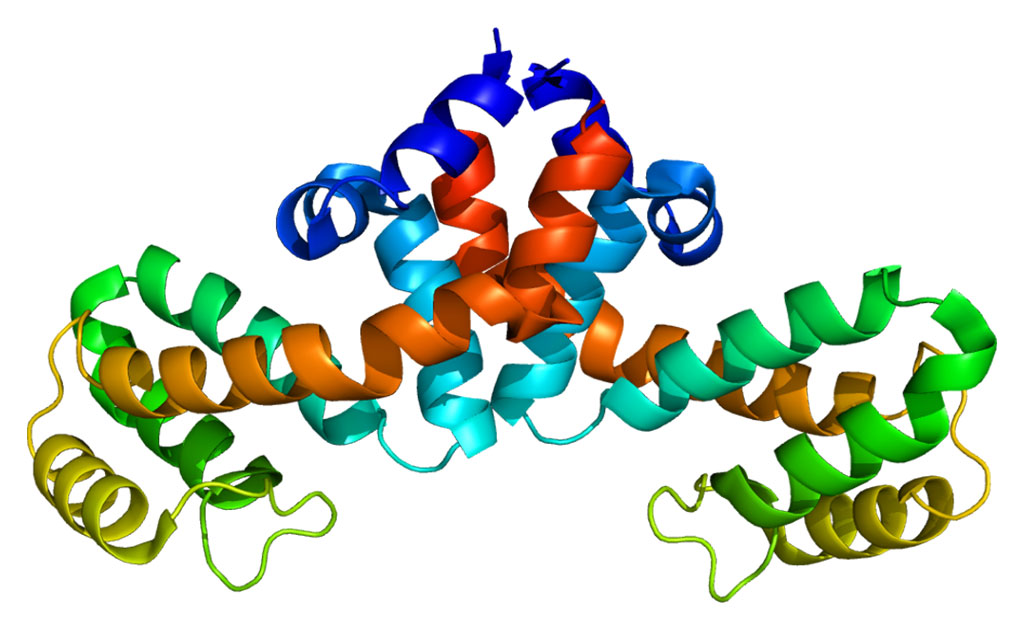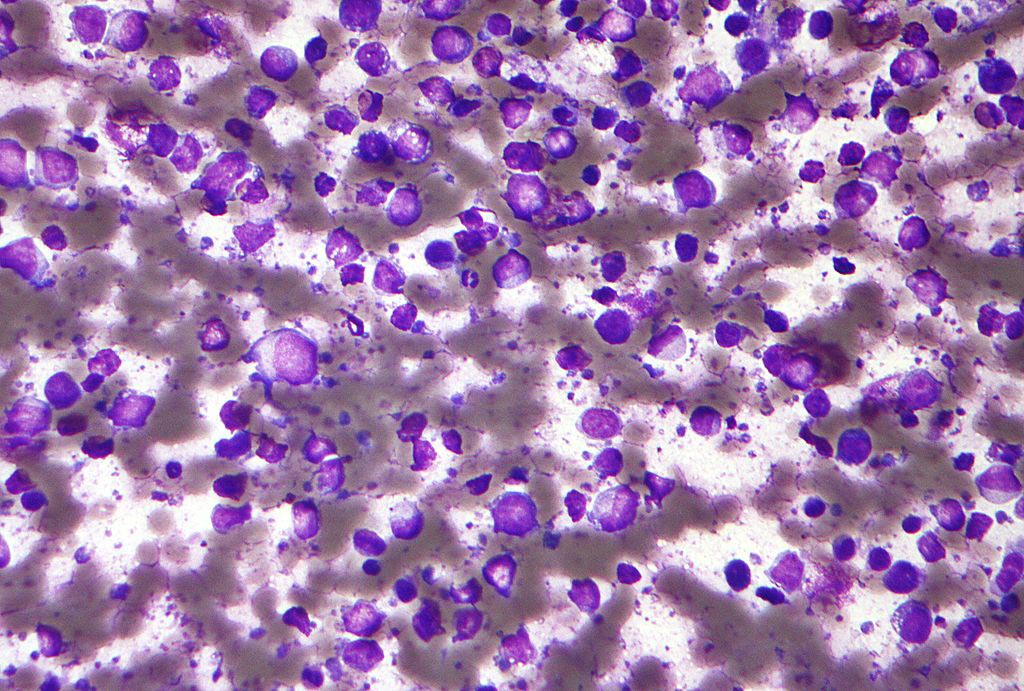Dandruff Shampoo Chemical Found Effective Against Epilepsy
By Biotechdaily staff writers
Posted on 09 May 2007
Researchers have found that zinc pyrithione (ZnPy), the active ingredient in many dandruff shampoos, is effective in activating brain cell calcium channels and has the potential for becoming a treatment for epilepsy.Posted on 09 May 2007
Humans have over 70 potassium channel genes, but only some of these have been linked to disease. In this respect, the KCNQ family of potassium channels is exceptional: mutations in four out of five KCNQ genes underlie diseases including cardiac arrhythmias, deafness, and epilepsy. These disorders illustrate the different physiologic functions of KCNQ channels.
KCNQ potassium channels are activated by changes in transmembrane voltage and play an important role in controlling electrical excitability. Human mutations 5of KCNQ2 and KCNQ3 potassium channel genes result in reduction or loss of channel activity and cause benign familial neonatal convulsions (BFNCs), a type of infantile epilepsy.
Investigators at Johns Hopkins University (Baltimore, MD, USA) performed a high-throughput screen to search for agonistic compounds capable of potentiating KCNQ potassium channels. They reported in the May 2007 issue of the journal Nature Chemical Biology that of the thousands of compounds tested, one of the most promising was ZnPy. Treating cells with defective, mutant potassium channels with small amounts of ZnPy caused the mutant to increase by three times the amount of potassium transported.
"Channels that carry potassium,” said senior author Dr. Min Li, professor of neuroscience at Johns Hopkins University, "must open on cue to make sure nerve cells only fire for defined periods of time. Most drug discoveries uncover chemicals that stop things from working--it is a lot easier to close or block a door than open it, but here we found a chemical that makes a defective protein work better. So now we have a chance to actually try to fix the causes of epilepsy, rather than traditionally circumventing them. Plus, this study really shows that we do not fully appreciate the biological roles of many familiar chemicals that surround us.”
Related Links:
Johns Hopkins University













